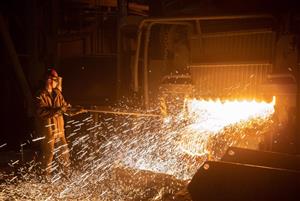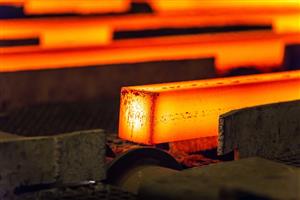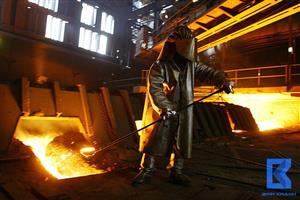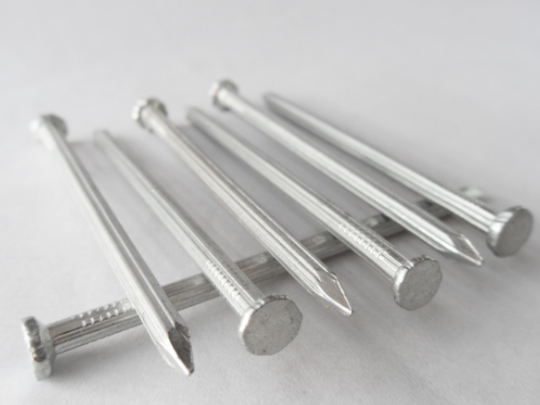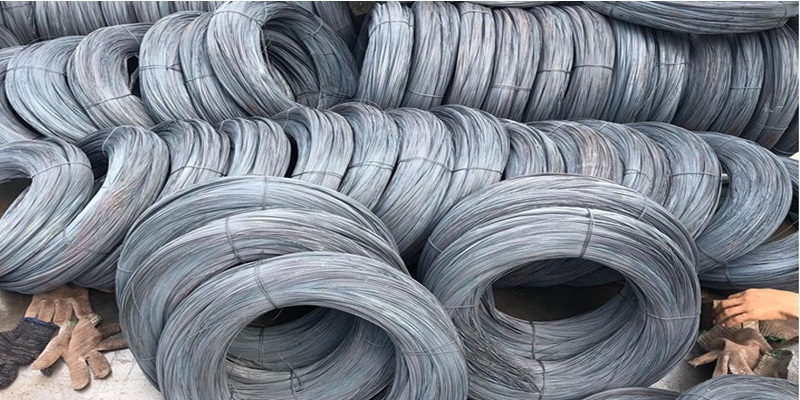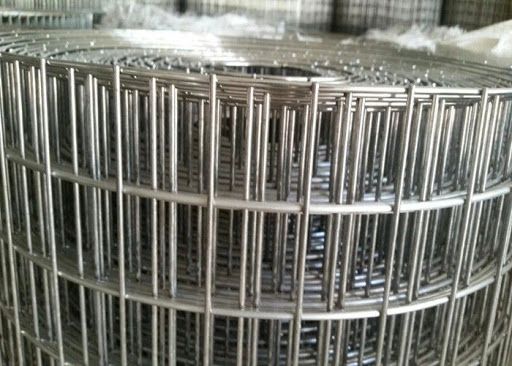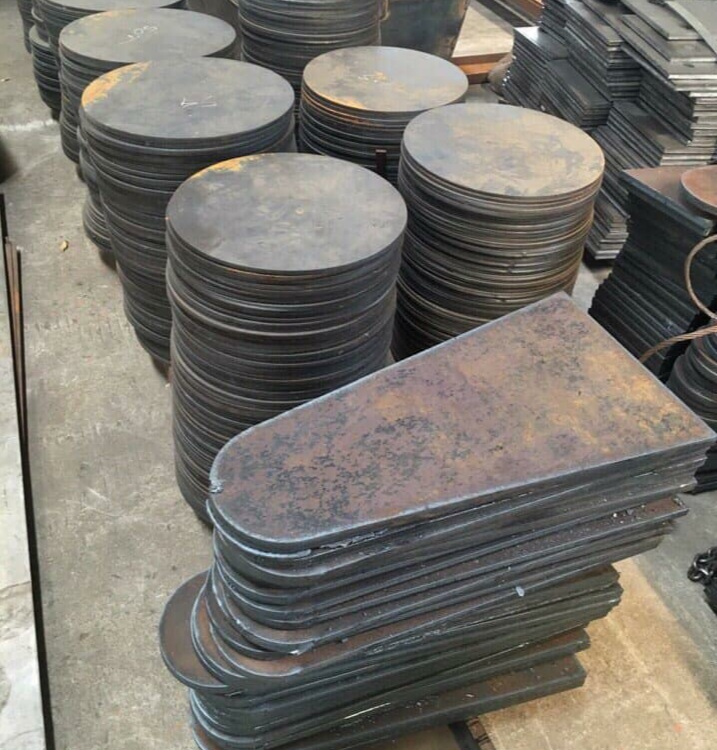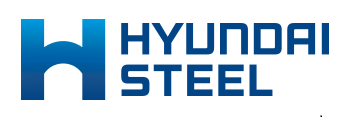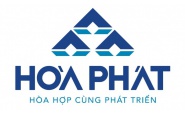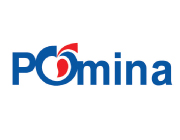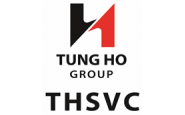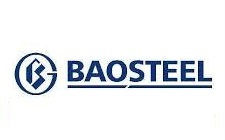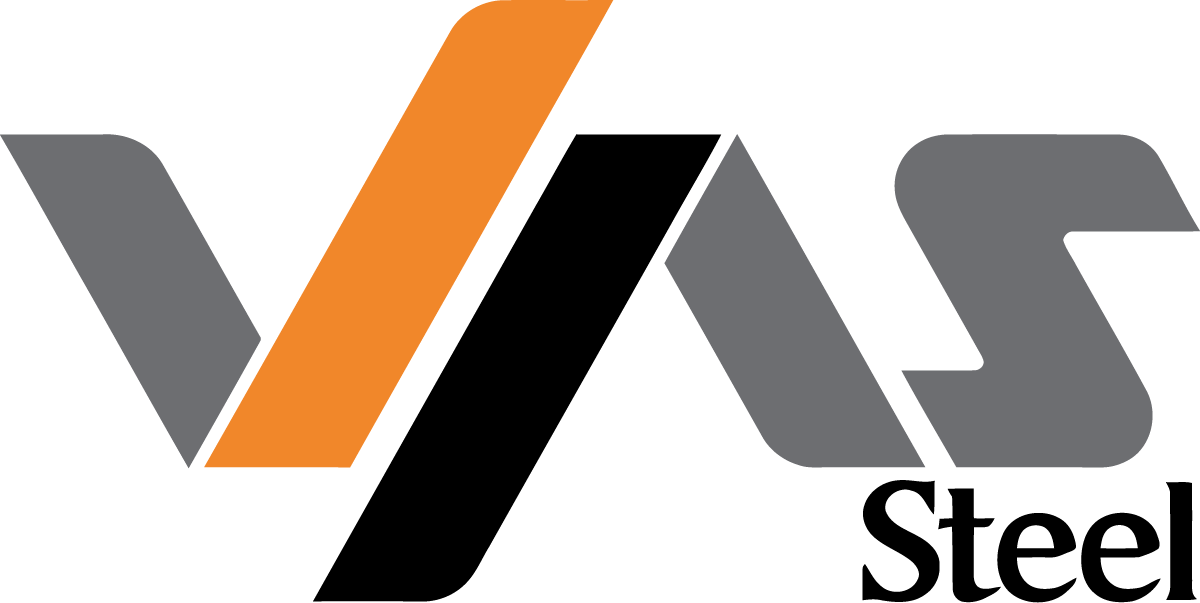Rebar futures have plummeted to their lowest since 2016. Hot-rolled coil (HRC) futures have also fallen to their lowest in nearly four years.
“A harsh winter” – a challenge worse than the major shocks in 2008 and 2015 – is the metaphor used by the head of China Baowu Steel, the world’s largest steelmaker, about the current situation of China’s steel industry. The warning signal from the world’s largest steel market is clearly reflected in steel price developments.
After a slight recovery in the second quarter, rebar futures have plummeted and for the first time dropped below CNY 2,800/ton, the lowest in 8 years, since 2016. Similarly, hot-rolled coil (HRC) futures have also fallen to their lowest level in nearly 4 years, since mid-October 2020.
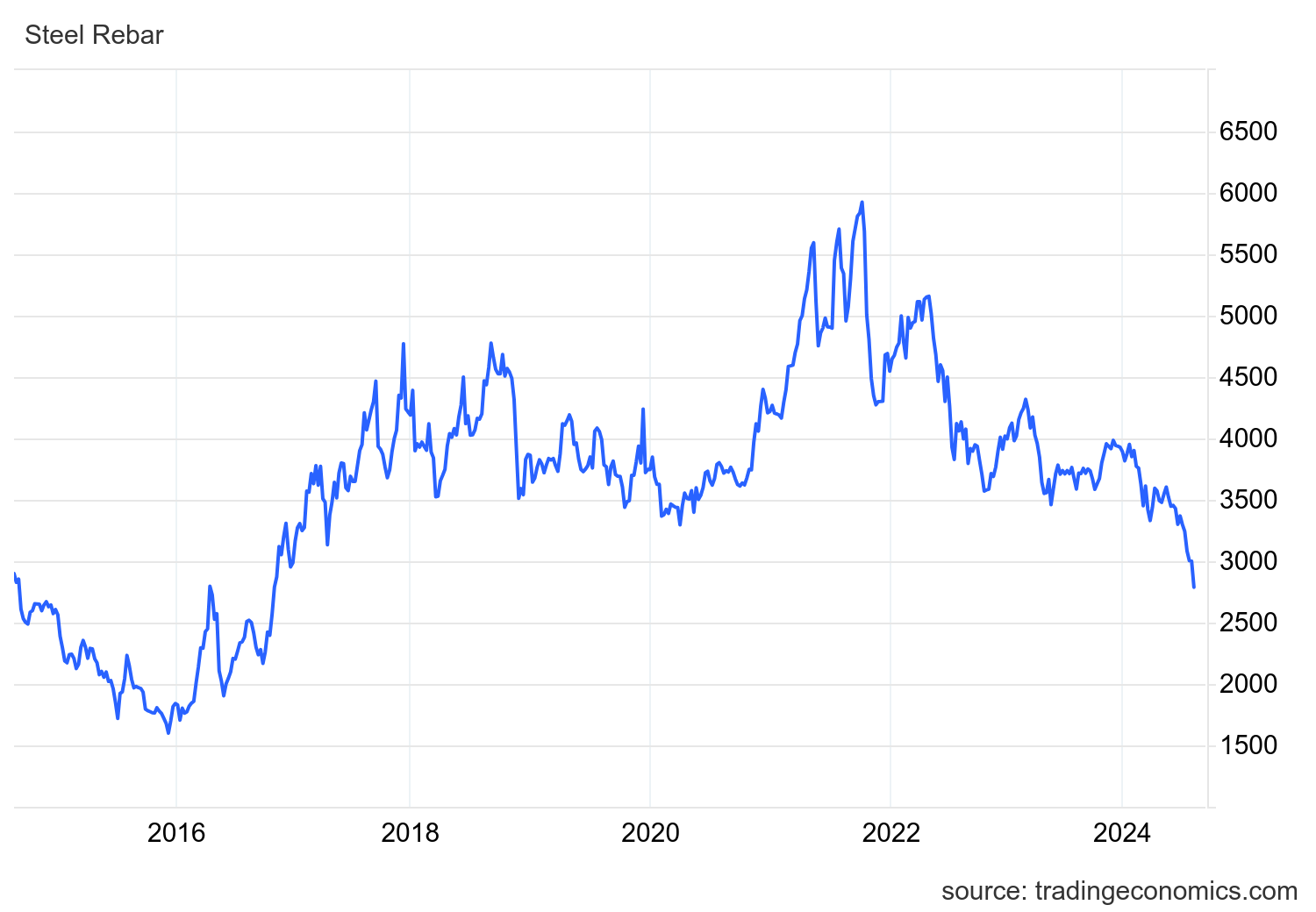
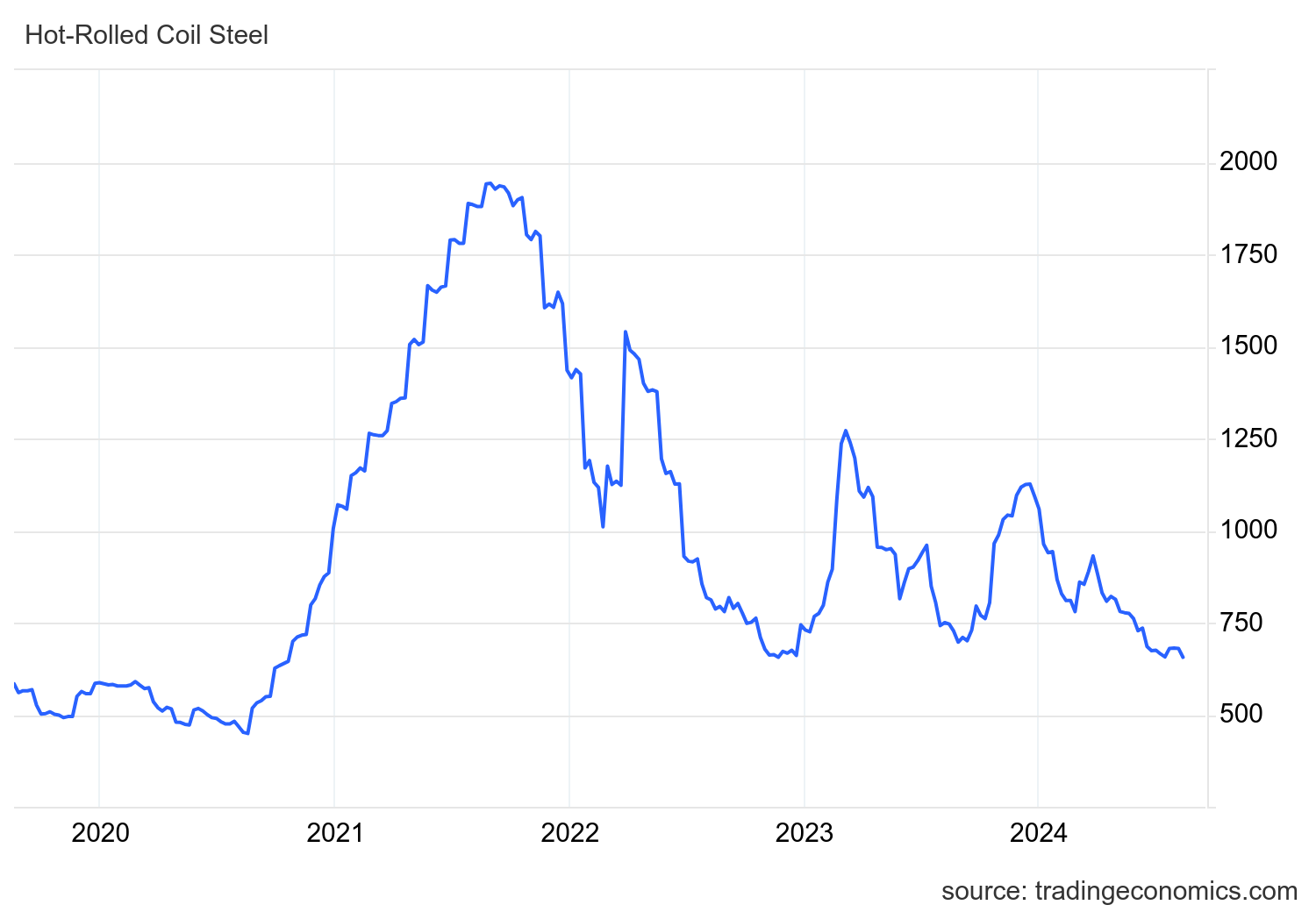
The global steel price plunge is due to weak demand and increasingly abundant supply from the Chinese market. A widespread housing oversupply has forced the Chinese government to curb support for major property developers, significantly affecting the steel consumption outlook.
Mills in China have turned to foreign customers to offset domestic demand. The Chinese government issued new quality standards for steel rebar in September last year, prompting mills and traders to flood the market with old stocks. This has added to the downward pressure on prices of this commodity.
Pressure from large inventories, shareholders are "sitting on fire"
Steel prices have fallen sharply in the context of steel enterprises still having quite large inventories despite the reduction after the second quarter. As of June 30, the total value of steel industry inventories on the stock exchange was estimated at about VND75,000 billion, down about VND7,000 billion compared to the end of the previous first quarter but the second highest level in the past 7 quarters.
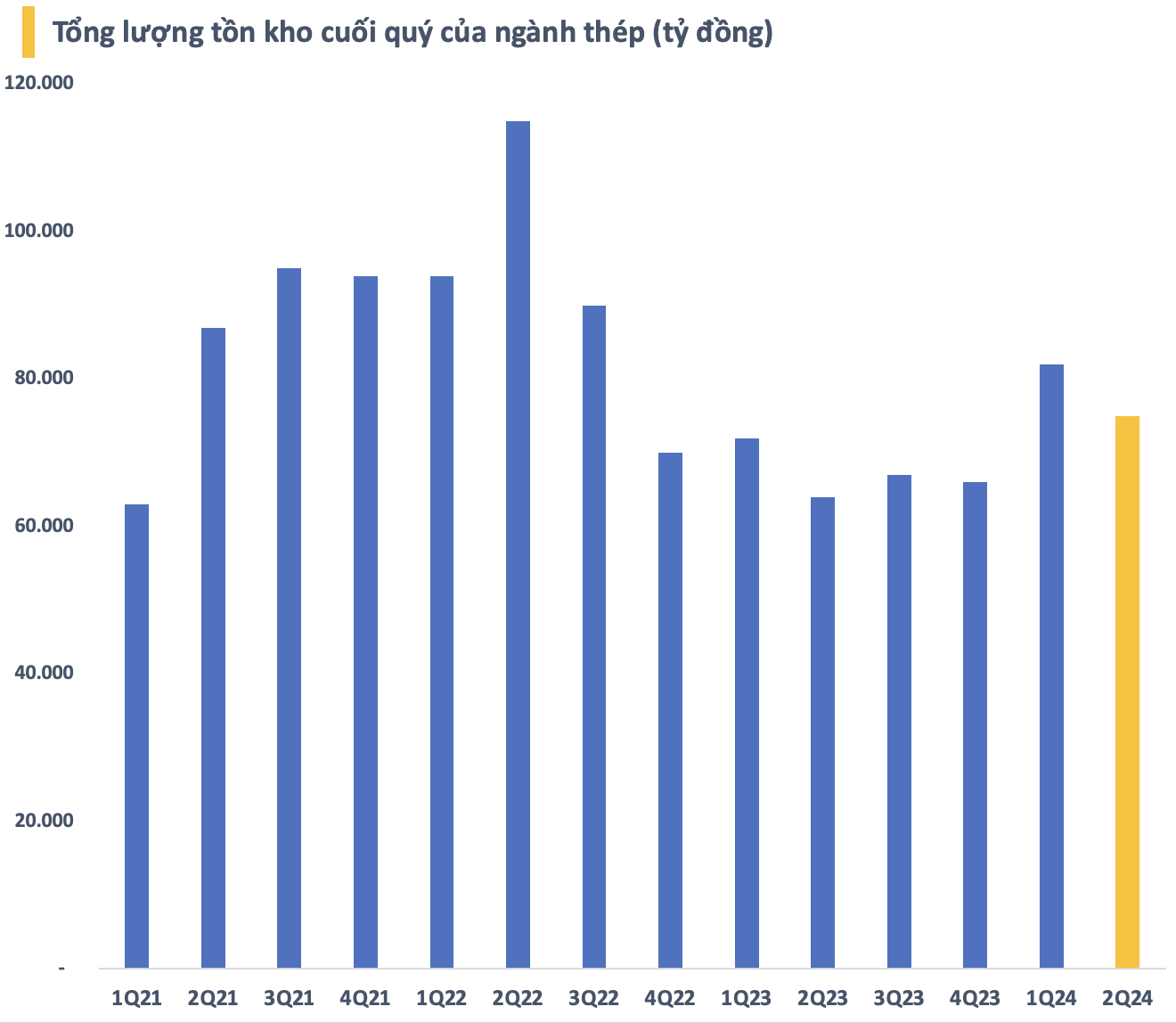
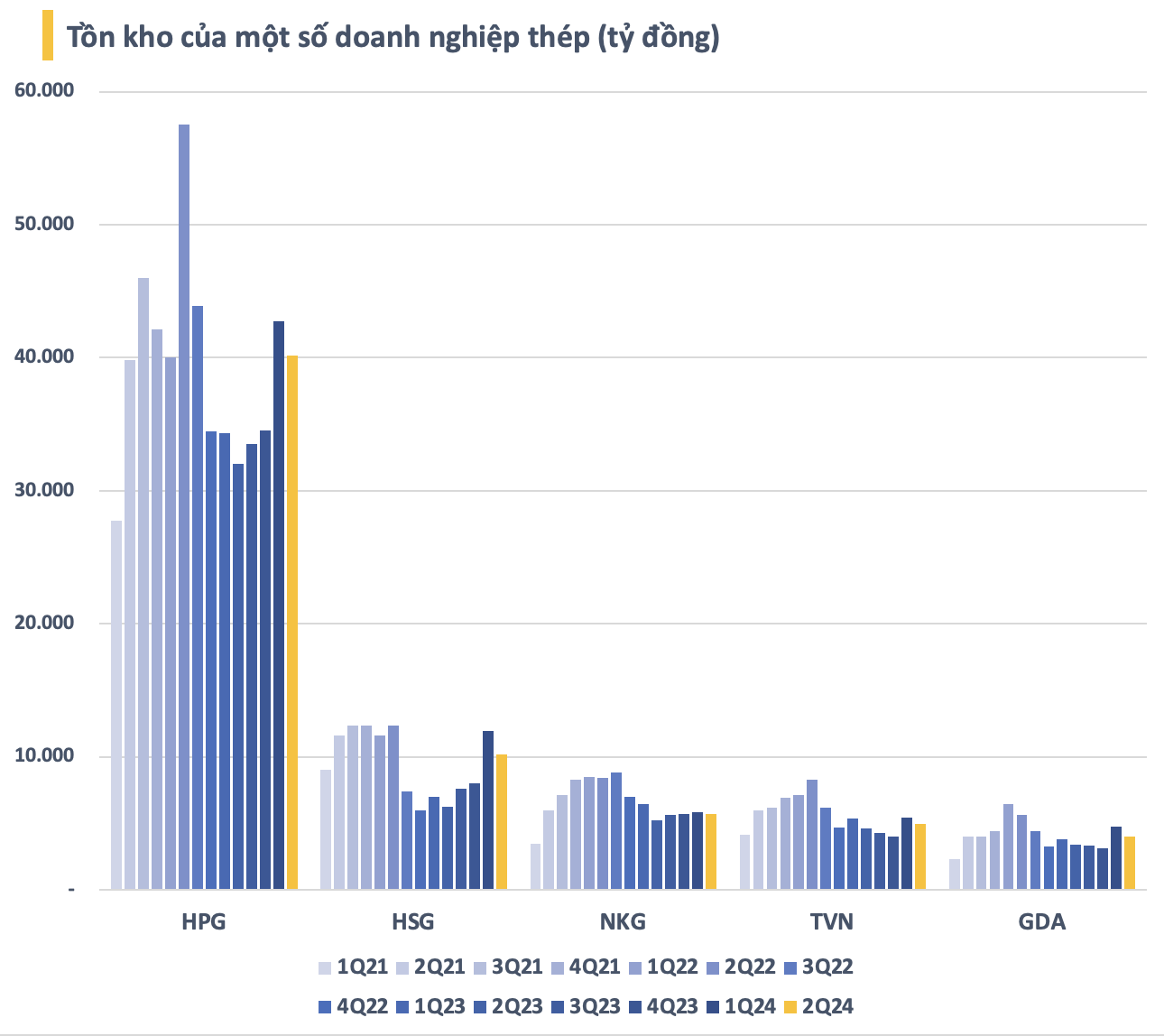
Five enterprises, Hoa Phat, Hoa Sen, Nam Kim, VNSteel, and Ton Dong A, account for nearly 90% of the total inventory value of the entire steel industry on the stock exchange. Of which, Hoa Phat alone accounts for more than 53% with an inventory value at the end of the second quarter of more than VND 40,000 billion (including provisions for price reduction). Most steel enterprises on the stock exchange reduced their inventory scale after the second quarter, but current inventories are still significantly higher than the general level in 2023.
The downward trend in world steel prices is expected to affect the profits of the steel industry and this has put great pressure on the recent developments of steel stocks. From the most recent peak, HPG (-15%), HSG (-22%), NKG (-26%), TVN (-25%), GDA (-27%), SMC (-50%) have all decreased by tens of percent in less than 2 months and lost all the price gains at the beginning of the year. This makes many steel industry shareholders feel like "sitting on hot coals".
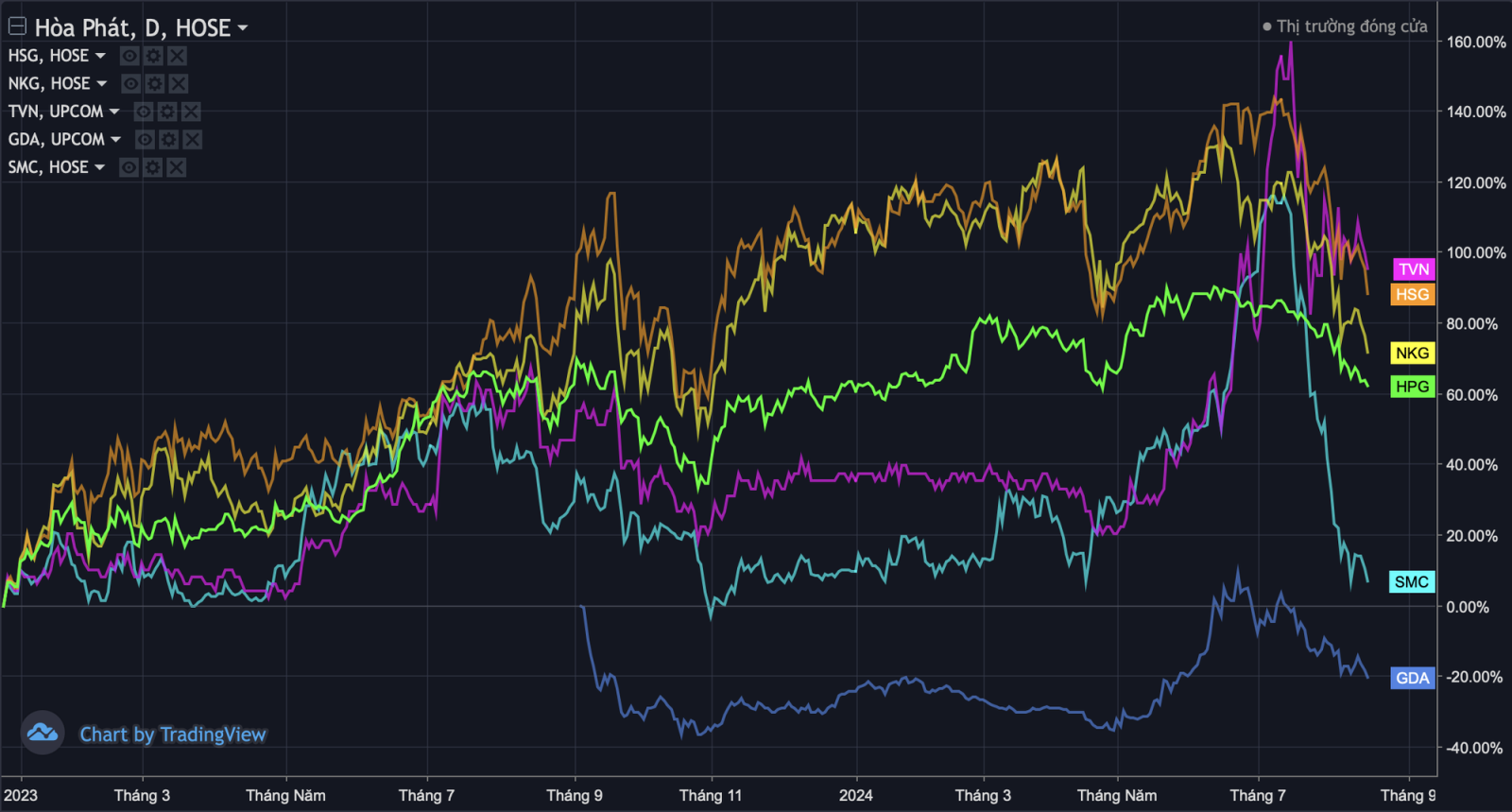
With a dim outlook, the pressure on steel stocks is huge, especially from foreign investors. HPG alone has been net sold by foreigners for nearly 80 million shares since the beginning of June, equivalent to nearly VND2,200 billion. The intensity of net selling has increased significantly in the first half of August and shows no signs of stopping. Meanwhile, domestic cash flow is still quite cautious, causing steel stocks to not find a balance.
"Headache" with the story of anti-dumping
At present, there are not many signals showing that the downward trend of steel prices can reverse in the short term. Therefore, domestic steel enterprises are probably looking forward to the story of anti-dumping (CBPG) in the hope of reducing some of the pressure from Chinese steel on the domestic market.
The focus of the investigations is HRC imported from China and India and galvanized steel imported from China and South Korea. However, Vietcap believes that the possibility of applying anti-dumping tax on HRC is quite low because domestic supply is not enough to meet HRC demand. Vietnam's annual HRC demand is 12-14 million tons, far exceeding domestic supply (4-5 million tons) and the maximum domestic capacity is 8-9 million tons.
According to Vietcap, the threat to galvanized steel producers is significant and the possibility of applying anti-dumping tax on these products is higher. If sufficient evidence of dumping is found, Vietcap expects the provisional anti-dumping measure to be applied as early as mid-September 2024. Hoa Phat will be the biggest beneficiary if anti-dumping tax is applied to both HRC and galvanized steel. Galvanized steel producers, including Hoa Sen and Nam Kim, will only benefit from anti-dumping tax on galvanized steel.
While waiting for a decision from the Ministry of Industry and Trade, the Vietnamese steel industry recently received some bad news when on August 8, the European Commission (EC) issued a Notice of Initiation of Anti-Dumping Investigation into some hot-rolled steel products originating from Egypt, India, Japan and Vietnam, imported into the European Union (EU).
In general, the Anti-Dumping decisions, if approved, will have a certain impact on steel prices as well as the production and business activities of enterprises in the industry. At this time, it is difficult to predict the final decision and enterprises must be prepared with scenarios to respond to all possible situations.
CafeF
 English
English  Vietnamese
Vietnamese
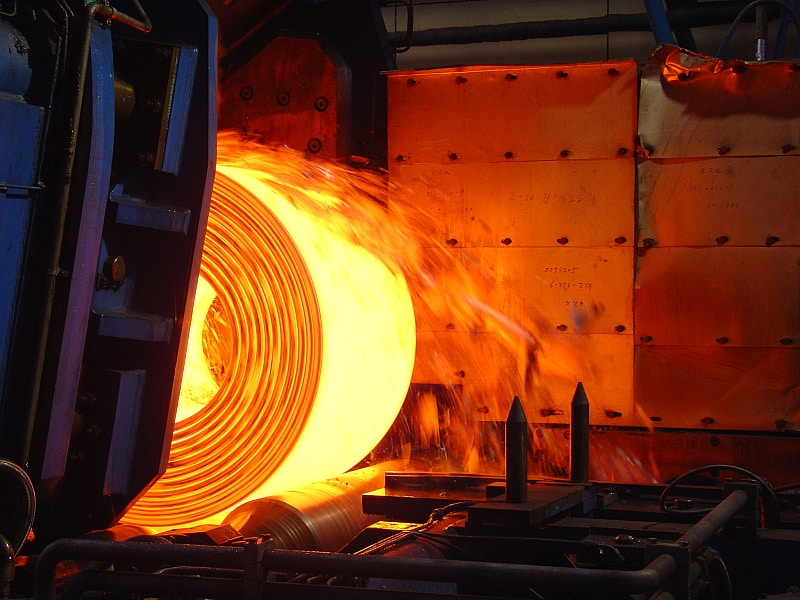


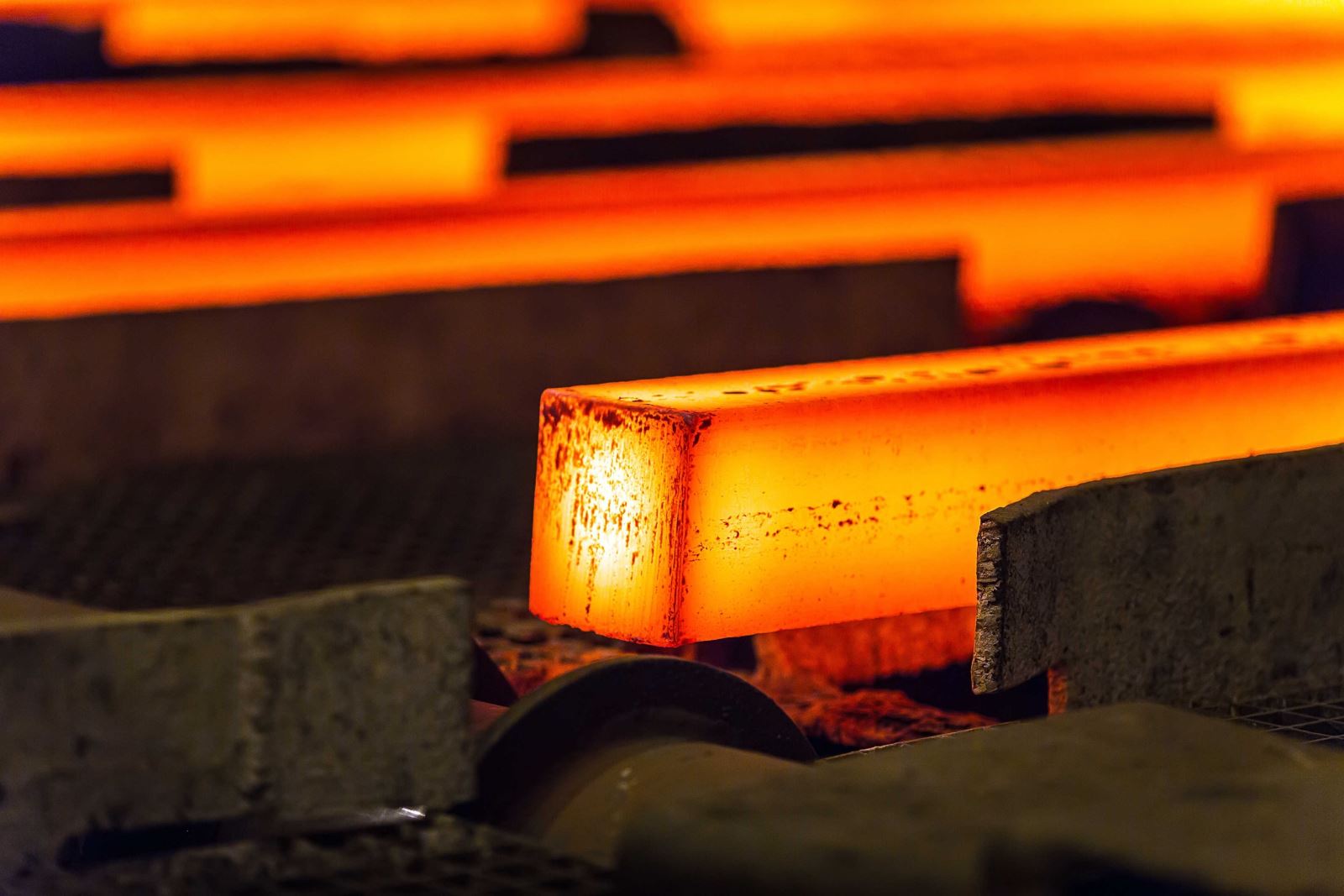
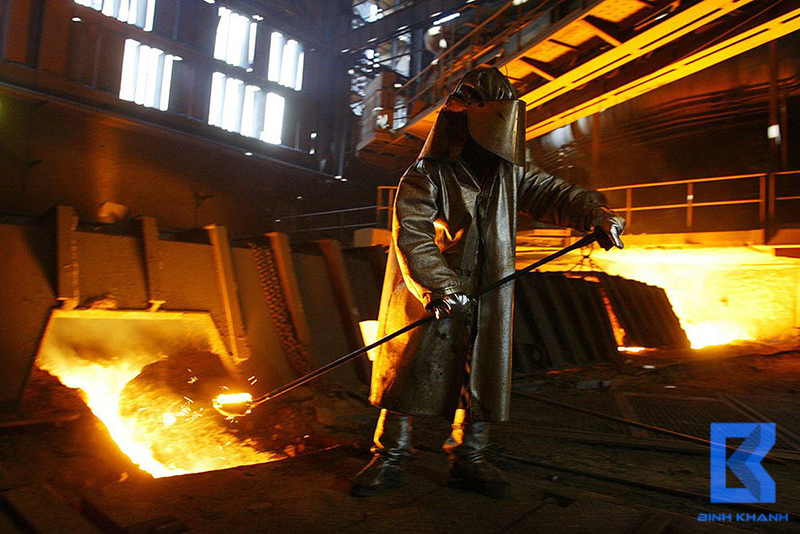
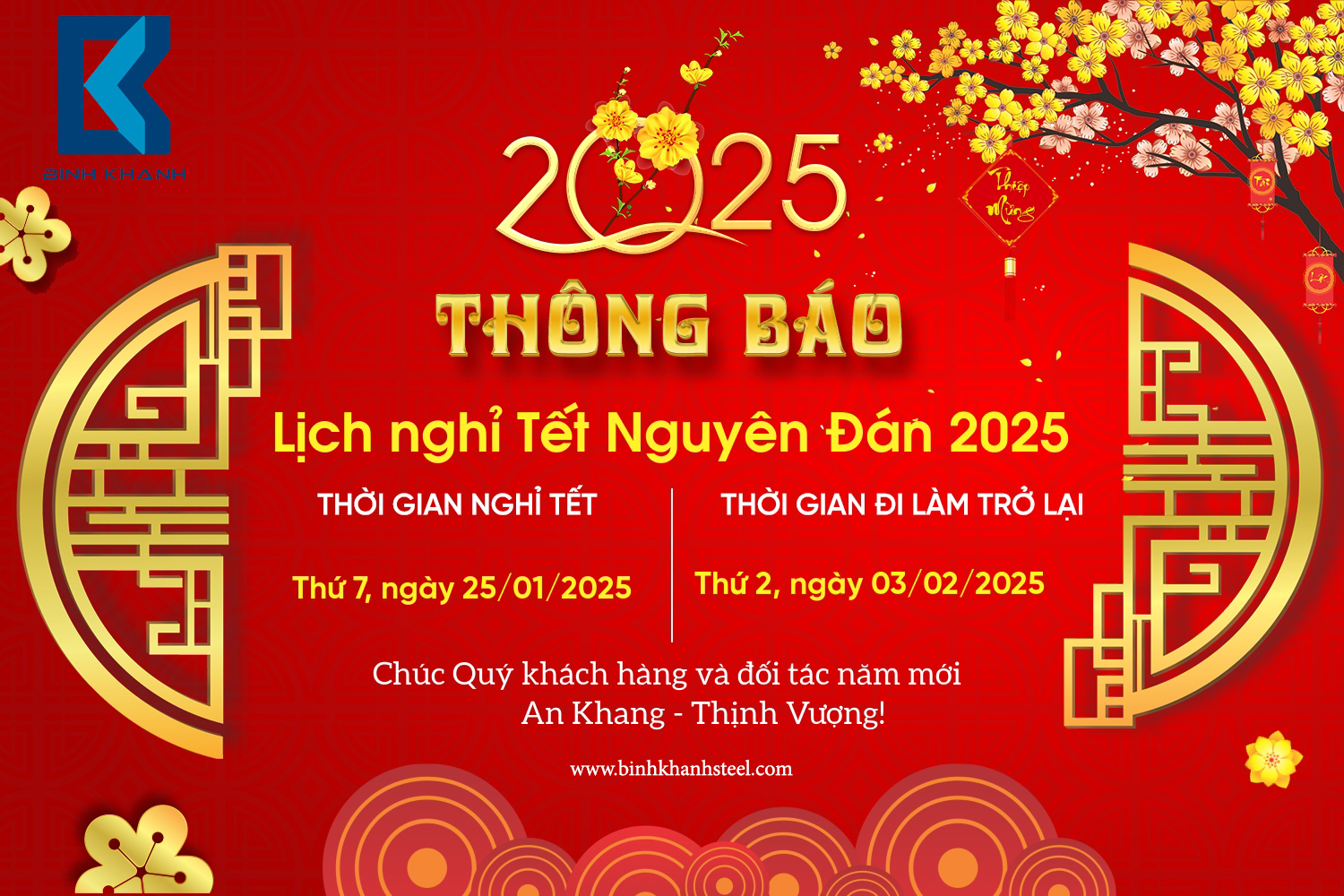
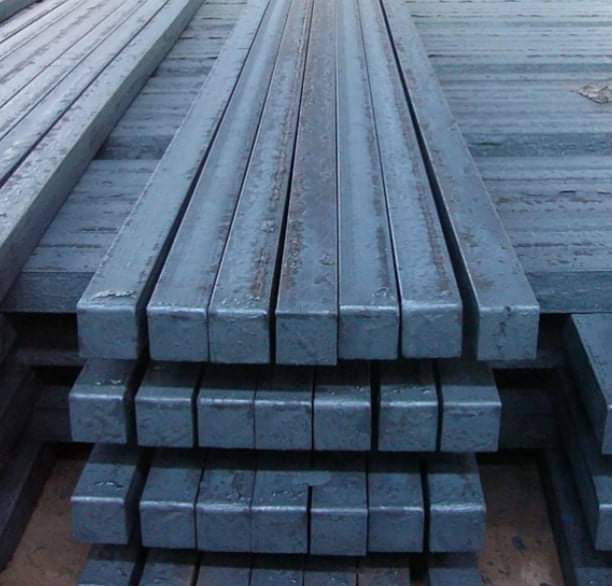
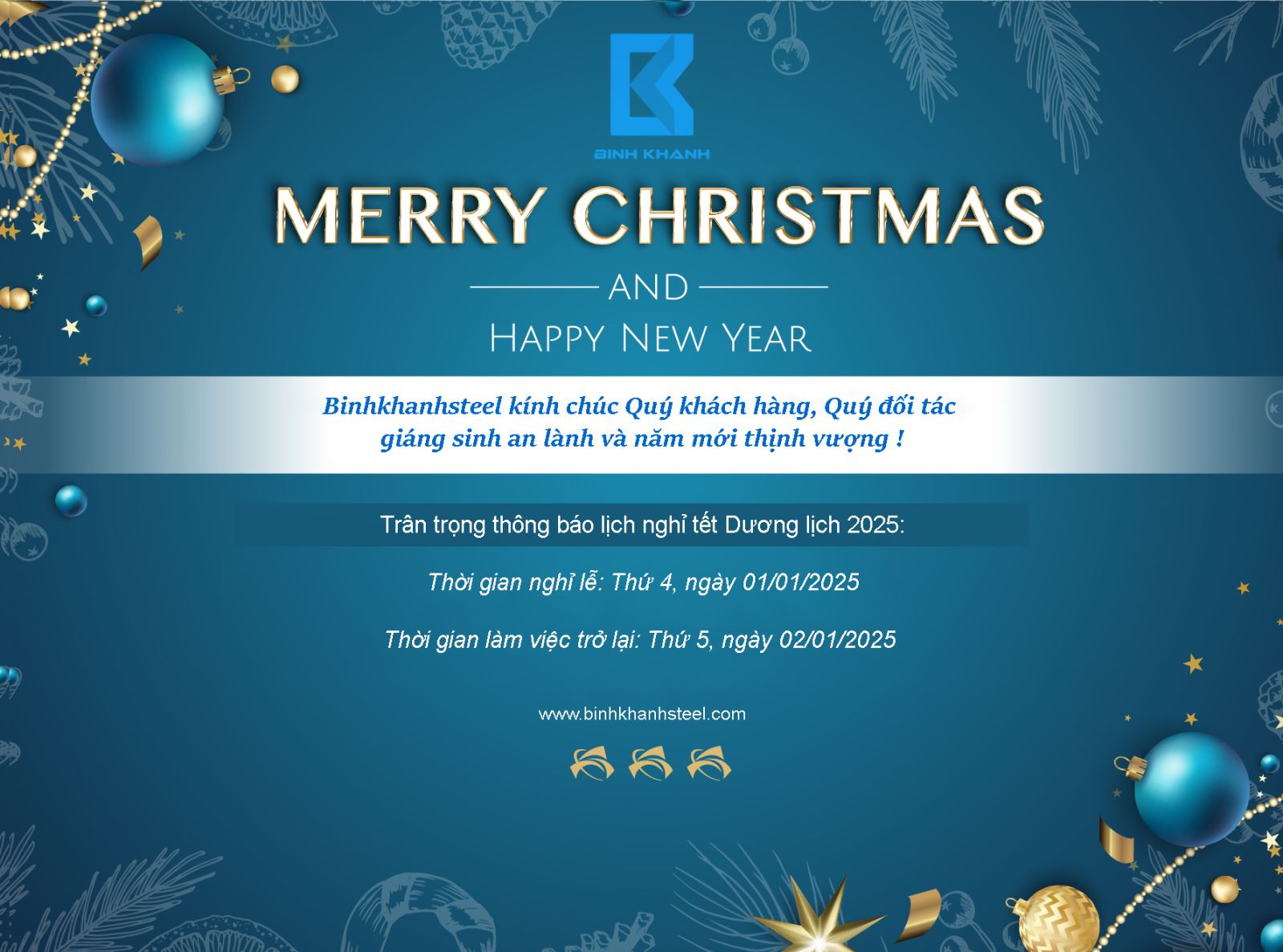
w300.jpg)
